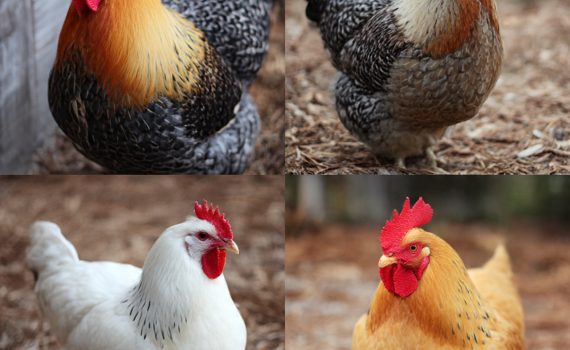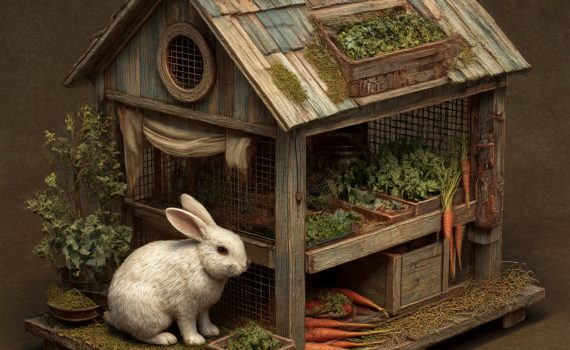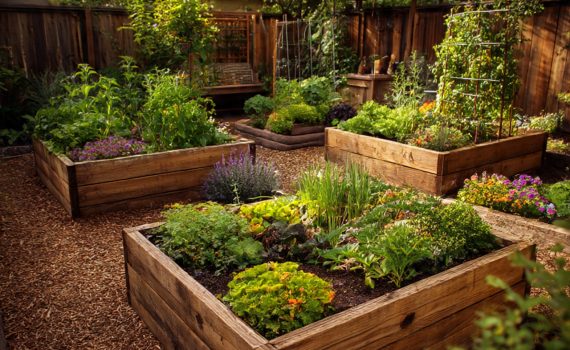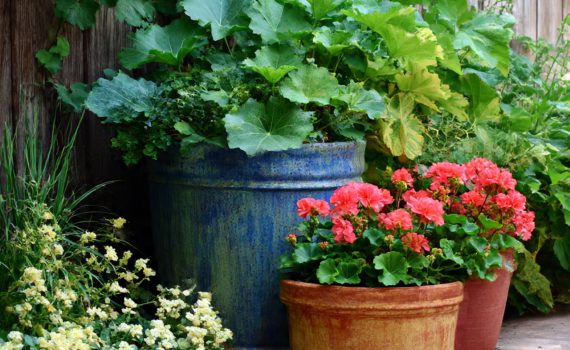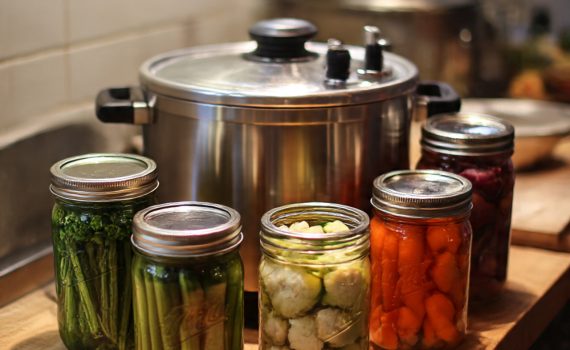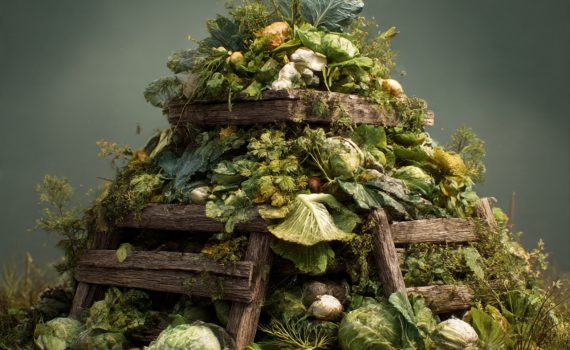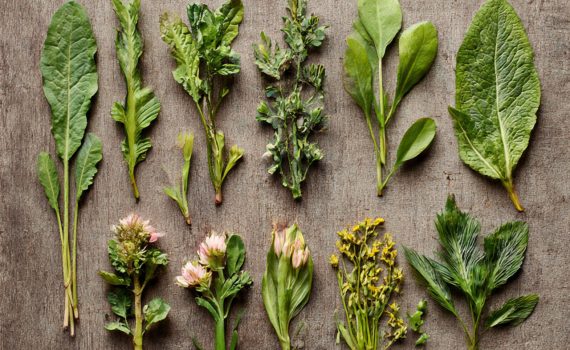Chicken Lifecycle Birth – 6 weeks = Chick 6 weeks – 18-20 weeks = Pullet 18-20 weeks – Death = Layer A chicken will begin laying at around 20 weeks. It takes 24-26 hours to produce an egg. By 30 weeks of age egg production will begin to taper off. […]
Neen
The house Check the code Depending on whether your birds are free range or permanently housed. 9 birds per square metre. Protect birds from draughts and rain but also have adequate ventilation. Have nesting boxes at least one box per 4 hens (although chances are they will try to use […]
Food Eggs contain a large proportion of high quality proteins – these come from the food source not the chicken. Calcium ensures quality egg shells. A bid will eat around 120-130g feed a day. It is best to provide a self feeder so birds can help themselves. Most commercial feeds […]
Table mushrooms Agaricus bisporus Compost is prepared over 2-4 weeks put into bags with mushroom culture 9spawn) for 10-14 days 4-5 cm layer of moist soil placed over top. mushrooms in 2-4 weeks. crop every 2-3 weeks for about 3 months compost usually a mix of straw and horse or […]
Element Use in Plant Signs of Deficiency Appears Calcium Ca Needed for cell walls, roots, leaves, pollination and fruit set. Younger leaves are distorted. Leaves may appear corrugated Leaves more frail – will break before they bend Leaves are more erect or upright than usual Leaf margins curl […]
Housing RCD rabbit calicivirus disease also known as RHD rabbit hemorrhagic disease. Vaccine is not 100%. If contracted mortality occurs within 24 hours. Highly contagious. Pro-grass is cheap feed Set up costs are higher Cages 600mm deep. Make doors are large as possible or opening roof. SPCA recommend cage should […]
If building isn’t your thing you can buy raised garden kits – these range from tarpaulin type, to metal. (some assembly is required) There is a huge range in price, so hunt around, there are lots of options out there. If you are looking for something more permanent, then […]
Before you begin, how large is your garden? Propagating your own seeds can take up a lot of space. As an example: My Triffid! A mini cabbage. Just ONE mini cabbage. It is currently about a metre square. It’s enveloped a large part of my garden, swamped the peas […]
A herb spiral is a permaculture concept that puts all your culinary herbs at your fingertips. The design of the spiral is such that it allows for a wide variety of herbs and growing conditions. Heat loving dry herbs go at the top, whereas herbs that prefer shade and moisture […]
Herbs that like Sun Herbs that like Shade Herbs that Like Moist Herbs that Like Dry Herbs that Spread Basil Bergamot Bergamot Garlic Chives Catnip Lavender Chives Borage Lavender Lemon Balm Oregano Cilantro Chives Oregano Mint Rosemary Lemon Balm Coriander Rosemary Thyme Sage Mint French Tarragon Sage Thyme Parsley Lemon […]
What is pH? pH is the measure of how acid or alkaline something is. The pH scale goes from 0 to 14 with 7 being neutral, less than 7 is acid (sour), higher than 7 is alkaline (sweet). Some examples: Lemon juice has a pH of 2, Baking Soda however has a […]
Things to consider: Ventilation – Plants don’t grow well above 30 degrees C. Ensure ventalation on the roof (hot air rises) As well as neas the bottom to draw in cooler air Temperature – But a max/min thermomenter so you can monitor overnight temperatures Light – Wash greenhouse to remove […]
Organic Made from plant and animal waste: seaweek, fish food, sheep pellets, chicken manure, blood and bone* Tend to be low in NPK but lots of organic matter that is a good soil conditioner. Need to be broken down to work. Inorganic Syntetics: Urea, nitrate of soda, sulphare of […]
Best veges for containers Beans Tomatoes Silverbeet lettuce peppers Aubergine Potatoes Sprin Onions Shallots Carrots Beetroot Rdishes herbs
Heat loss Statistically loss in your home occurs through: 30-35% Roof 21-31% Windows 18-25% Walls 12-14% Floor 6-9% Air leakage Obviously the *best* way to insulate your home is to have batts or blankets installed in your ceilings, walls, and underfloor. If you are a home owner there are grants […]
WHAT IS GREY WATER? Grey water is the waste water that comes from your bathroom, laundry, and kitchen. Water from the toilet is referred to as ‘Black water’ and cannot be recycled in household systems. Some sources do refer to the water from your kitchen as black water this is […]
Where do you use water? Studies such as the Auckland Water Use Study (BRANZ 2008) which monitored fifty one households in the Auckland suburbs fount that the average household uses 179 litres of water per day in summer, 174 litres of water per day in winter. This followed a study […]
The facts about what happens with recycling in Central Hawke’s Bay Recycling from the kerbside collections and the drop-off centres is sorted, consolidated and bailed at the Waipukurau Transfer Station. The Hook containers, used at our larger drop-off recycling centres, accommodate larger volumes of recycling compared with the previously used […]
NO MESS. NO FUSS. NO SMELL varnish remover that costs next to nothing and involves little effort! (This will also work on some paints – you will need to test/experiment with length of time depending on paint type..) You will need: Soda Ash (Washing soda) – I used Soda Ash […]
For Boiling Water canning refer to our section on Water Bathing. Pressure CANNERS and Pressure COOKERS are TWO ENTIRELY DIFFERENT THINGS! You cannot pressure can in pressure cooker. You can cook in a pressure canner. A canner works at a sustained high temperature with a great deal more accuracy. Safe […]
There are three main forms of dealing with food waste and green waste. These are: Bokashi Composting (Hot and Cold) Worm Farming Which one (or ones) will work for you will depend on your type of waste, the amount, how much you want to spend, how much effort you […]
Divide garden into four plots for rotation. Rotate based on nutrient requirements and watering needs Brassicas – Broccoli Cabbage cauliflower, radish (all need a nitrogen rich soil) legumes – Beans, Peas, Fixes atmospheric nitrogen in their roots Alliums – Onions, Leeks, garlic, shallots. Like a rich soil Umbellifers – […]
Only eat flowers you are 100% sure of avoid anything growing on the road side etc that may have been sprayed dont eat flowers from a florest dont eat in excess remove pistils and stamens before eating Some plants have edible flowers but the rest of the plant is poisonious […]
Chicory Cicorium intybus Identified by its blue flowers. Drought resistant and nutritious. Fresh leaves can be used all year round. Add to salad or steam lightly. Chickweed Stellaria media Nutty flavoured. Goes well with scrambled eggs. Use instead of parsley, High in potash and copper. Great as a green-crop in […]
Plants for Aquaponics Basil Chard Chillies Coriander Lettuce Mint Silverbeet Spinach Tomato Plants for Hydroponics Capsicums Cherry Tomato Lettuce Rocket Silverbeet Spinach Herbs – Chives, Basil, Dill, Thyme, Catnip, Oregano, Marjoram, Parsley, Mint Plants for Small Spots Blueberry Coffee Figs Inga Tree Japanese Raisin Tree Limequat Orangeberry Pepino Seaside […]

